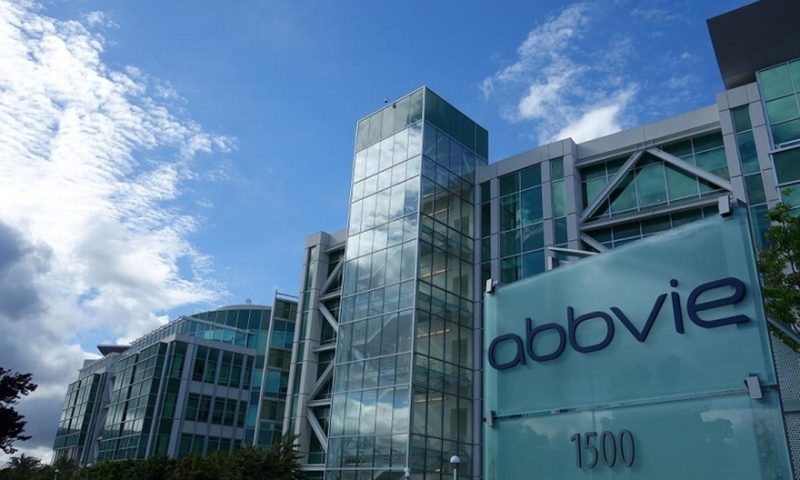Assembly Biosciences has been handed back the rights for a series of gastrointestinal microbiome assets from AbbVie as it sweeps out unwanted pacts from its Allergan subsidiary.
The biotech gets back all of its microbiome candidates under the original 2017 deal, worth $50 million upfront, including ABI-M201 and ABI-M301.
ABI-M201 is one of the more advanced, currently in a phase 1b test in patients with mild to moderate ulcerative colitis. ABI-M301, meanwhile, is still in a preclinical program for Crohn’s disease.
The future of these programs remains unclear. “With the return of all rights to the program, we have now begun to explore a broader set of strategic alternatives to continue development of these programs,” said John McHutchison, M.D., CEO and president of Assembly and a Gilead Sciences alum.
It will likely want to ship these out to another biopharma; the company added it “will continue to focus on advancing the [hepatitis B virus (HBV)] portfolio, which includes three clinical-stage core inhibitors.”
Analysts at Jefferies shrugged off the news: “AbbVie returning worldwide rights to Assembly Bio’s microbiome platform for ulcerative colitis and Crohn’s disease has little to no impact on our view on ASMB and investors already did not ascribe much of any value here given mixed views on microbiome technology on the Street. The core thesis centers around the capsid inhibitors and their potential to cure HBV.”
ABI-H0731 is the most advanced of Assembly’s four HBV programs, all of which target the core protein of the virus. The company believes these core inhibitors can go beyond current antiviral treatments, which focus on stopping or slowing the reproduction of the virus but do not cure the disease.
Assembly’s treatments are designed to disrupt viral replication and prevent the production and replenishment of covalently closed circular DNA, a special DNA structure that turns up when some viruses reproduce in the cell nucleus.

